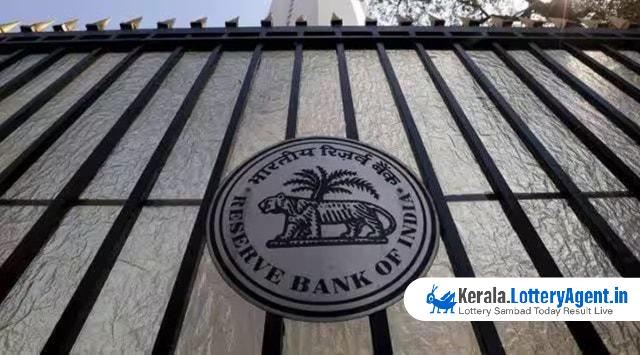
In an assertive move to bolster the robustness of project financing, the Reserve Bank of India (RBI) has proposed stringent norms, placing banks before the likelihood of an augmented standard asset provisioning up to 5 percent on loans. This requirement signifies an appreciable increase from the current standard asset provisioning of just 0.4 percent for project finance, potentially engendering additional provisions ranging between 0.5-3 percent of the banks’ net worth.
Released to the public last week, the draft framework by the RBI introduces more rigorous monitoring along with guidelines for restructuring project finance efforts. As per these guidelines, a general provision of 5 percent of funded outstanding exposures is to be maintained on a portfolio basis, which includes both existing and fresh exposures.
Brokerage firm IIFL Securities, in its analytical report, pointed out that the proposed increased provisioning requirements could impact banks’ Common Equity Tier 1 (CET1) ratio by around 7-30 basis points. CET1 is crucial as a gauge of a bank’s core equity capital in proportion to its risk-weighted assets, demonstrating its capacity to absorb financial distress. A shift by one basis point reflects a change of one-hundredth of a percent.
The essence of project finance lies in its unique funding method, where the lender is principally concerned with the project’s revenues, both as the source for repaying the loan and as collateral. This is commonplace in financing large-scale and costly projects including power plants, chemical processing facilities, infrastructure for transport, environmental projects, telecommunications, and more.
According to a report from JM Financial, the heightened provisioning could squeeze the returns for lenders involved in project finance, possibly diminishing their enthusiasm for such investments if the regulations come into force without any modifications.
On the optimistic side, the RBI’s impending guidelines claim that provisions could be reduced following the project’s transition into its operational phase. From the 5 percent outset, provisions could lessen to 2.5 percent of funded outstanding. If the project exhibits positive net operating cash flows enough to meet the current repayment obligations and has reduced the total long-term debt by at least 20 percent since the Date of Commencement of Commercial Operations (DCCO), provisions could further dwindle to 1 percent.
For non-banking financial companies (NBFCs), additional provisions would be allocated directly to an impairment reserve rather than running through the profit and loss statement. This practice means the new standards won’t affect their returns on equity (RoE), as noted by IIFL Securities. However, a considerable impact of about 200-300 basis points to the capital ratio can be anticipated for NBFCs focused on infrastructure, like REC Ltd, Power Finance Corporation (PFC), and the Indian Renewable Energy Development Agency Limited (IREDA), with potential valuation implications due to an 8-13 percent lower adjusted net worth.
The market response to the RBI draft was clear; share prices saw notable declines for REC Ltd, PFC, and IREDA by 7.35 percent, 8.93 percent, and 4.06 percent, respectively. Similar downward trends affected major banks, with Punjab National Bank’s stocks falling by 6.41 percent, Canara Bank by 5.42 percent, Bank of Baroda by 3.71 percent, and Union Bank of India by 3.12 percent, among others.
Yet even with potential net worth and Capital Adequacy Ratio implications, IREDA’s Chairman & Managing Director, Pradip Kumar Das, maintains that Profit After Tax should remain largely stable and that their current healthy CRAR levels should accommodate any marginal pressure from the new guidelines.
The proposed norms also address consortium lending arrangements. For projects with aggregated lending exposure up to Rs 1,500 crore, no individual bank’s exposure should fall below 10 percent of total exposure. For larger projects with an exposure exceeding Rs 1,500 crore, each lender must commit to at least 5 percent or Rs 150 crore, whichever is higher.
As these proposals are deliberated, the banking sector braces itself for potential adjustments that may reverberate throughout the world of project financing, hinting at a future shaped by increased diligence and financial resilience.












